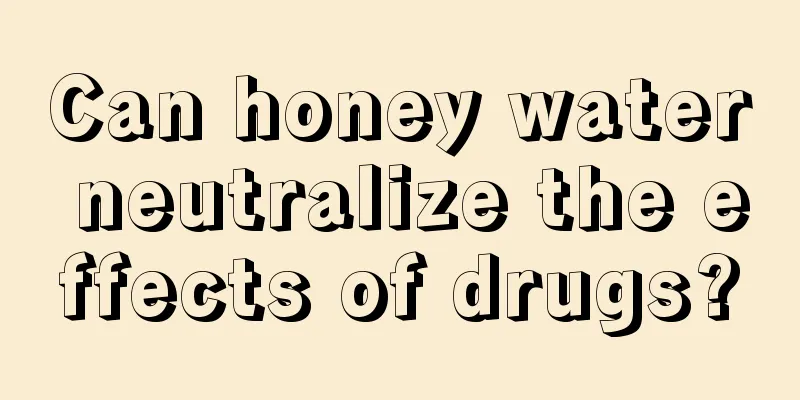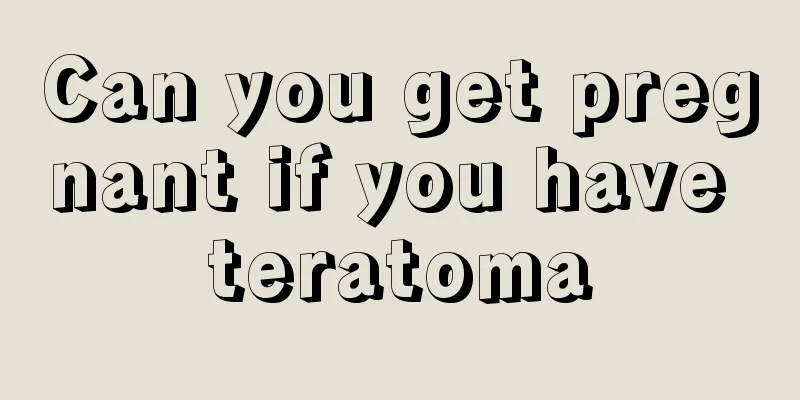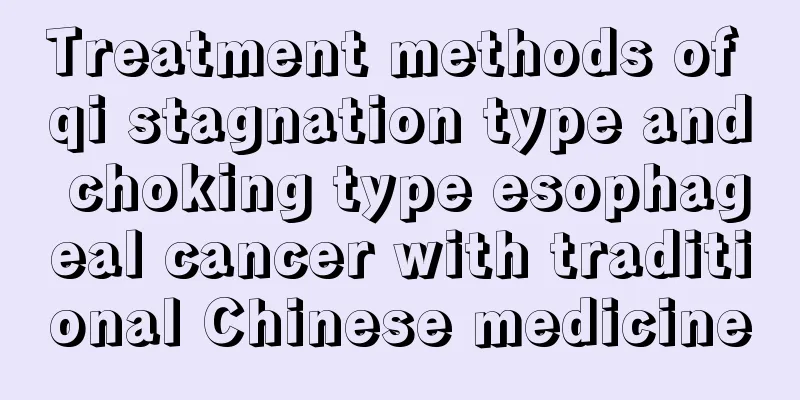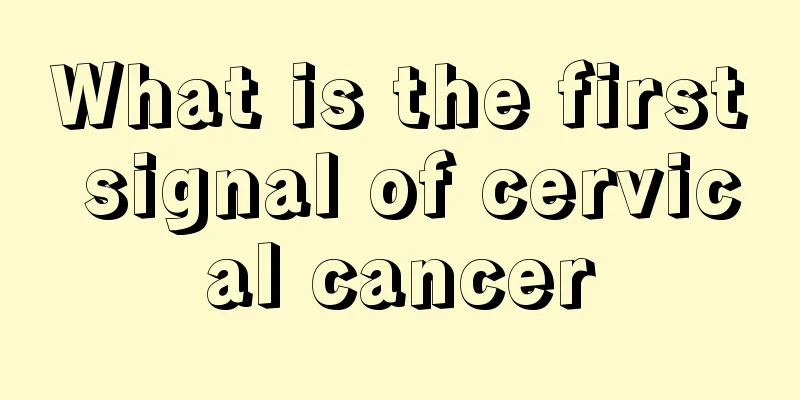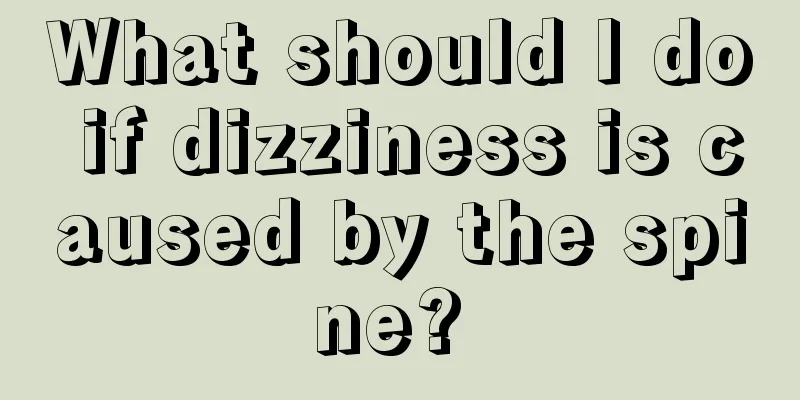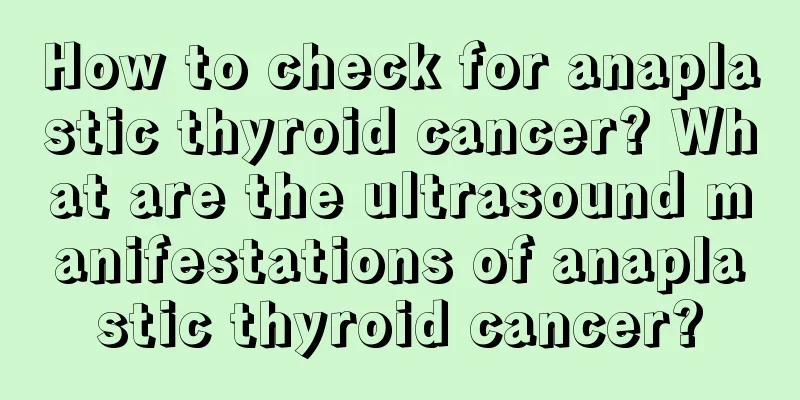What to do if there are termites in the house
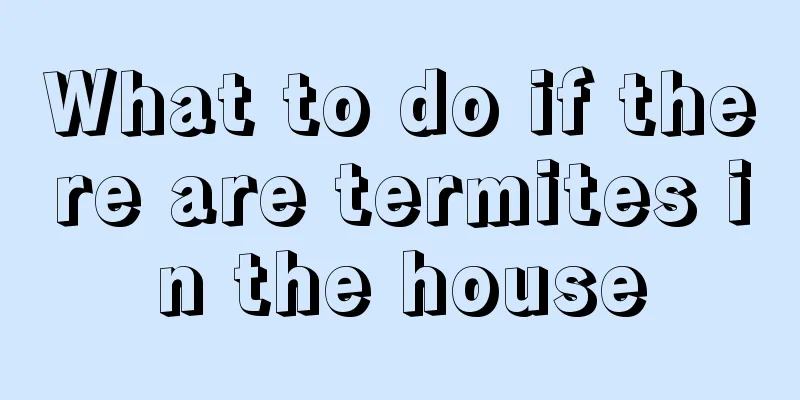
|
Termites usually appear in April and May in summer, mostly after rain, which is when their numbers are the highest. Termites like to breed and reproduce in warm and humid environments. The subtropical monsoon climate is particularly suitable for the breeding of termites, and termites are seen flying around in many homes again. So, how to carry out termite control at home? Today I will tell you what to do if you have termites in your home. Firstly, because termites are relatively hidden, there may be tens of thousands or even millions of them living in places that people don't often pay attention to, such as the basement, walls, structural columns or ceilings of houses, making them difficult to detect and often neglected. By the time termites are discovered in a home, the damage is already difficult to deal with and the losses are already quite serious. Therefore, once signs of termite infestation are discovered, professional personnel from a professional prevention and control agency should be promptly asked to conduct scientific prevention and control, find the termite nests, and take fundamental measures to completely eliminate the harm caused by termites. Secondly, use chemical control methods to kill termites. Commonly used methods are: That is, use a special tool (powder spray ball) to spray some insecticide powders that have no repellent effect on termites but have a chronic stomach poison effect on a small number of termite bodies and the inner walls of ant tunnels where termites frequently move back and forth. Through contact between termites, the insecticide powder is brought into the ant nest and passed to the entire termite colony for poisoning. For example: 0.1% imidacloprid powder or 0.1% sulfluramid powder. A residual spray insecticide with contact killing effect can be prepared into an aqueous solution and sprayed on the ant tunnels where termites often move and the surrounding surfaces, allowing the liquid to penetrate into the surface as much as possible. Such as: 0.14% imidacloprid, 1.0% chlorpyrifos, 0.5% permethrin, 0.25% cypermethrin, 0.1% cypermethrin, 0.05% deltamethrin and other emulsions, 100ml/m2. Poison bait killing method: Termites are social insects, so chemical control should mainly use poison bait killing, so that termites will move the bait with good palatability and little repellent effect into the nest, poisoning the queen ant, the king ant and the young ants, thus achieving the purpose of destroying the entire nest. That is: place a certain amount of termite poison bait at ant trails, mud blankets or mud lines, colony holes and termite excrement where signs of termite activity are found. After the termites feed on them, they pass the drug to other individuals in the nest, eventually leading to the death of the entire nest. Commonly used drugs include: 1.0% chlorpyrifos, 0.1% sulfluramid, 0.1% thiosulfuronamide, 0.5~1.5% fluorosulfonamide and other poison baits. When placing poison bait, you should apply small amounts but not large amounts. In areas with severe ant infestation, place one pile of poison bait every 1 meter, 2g per pile. Observe the consumption of poison bait three days after placing the bait, replenish it in time, and pay attention to moisture-proofing. Injection method: When signs of termite activity are found in the cluster holes and ant nests, 0.14% imidacloprid, 1.0% chlorpyrifos, 0.5% permethrin, 0.25% cypermethrin, 0.1% cypermethrin, 0.05% cypermethrin and other emulsions can be injected into the holes or nests for poisoning. For flying termites, you can adopt direct spraying method, such as using aerosol insecticides such as mirelin and radar to spray on the flying termites to kill them; or you can use carbon dioxide trap lamps to kill the flying termites. However, this kind of method can only treat the symptoms, not the root cause. |
<<: How to prevent and control termites at home
>>: Special medicine for preventing and controlling termites
Recommend
New drug for polycystic ovary syndrome
Polycystic kidney disease is actually a congenita...
How long is the survival period of nasopharyngeal carcinoma metastasized to the lungs and what to do
Nasopharyngeal carcinoma is one of the most commo...
Tibetan medicine fifteen-flavor dragon's scalp flower pill
The Tibetan medicine Fifteen-Ingredient Longdanhu...
The difference between colored cotton and pure cotton
Friends who often make clothes with colored cotto...
Why does half of my tongue hurt?
The tongue is an important organ in the human bod...
Is it good to wash your face with salt water?
With the quickening pace of life, female friends ...
Several common treatments for melanoma
The key to treating melanoma is to prevent recurr...
Can young people recover from hair loss
Hair loss is more common among middle-aged and el...
Can people with cervical cancer eat crabs?
Patients with cervical cancer are advised to go t...
How to diagnose bladder cancer?
Bladder cancer is the most common malignant tumor...
How long can one live with advanced laryngeal cancer
How long can one live with advanced laryngeal can...
Folk remedies for the treatment of esophageal cancer
In China, esophageal cancer has always been treat...
Is bladder cancer hereditary?
The so-called inheritance of bladder cancer is no...
What is the metastatic pathway of lung cancer
What are the metastatic pathways of lung cancer? ...
What’s the matter with thin stools?
Each of us should pay more attention to observe a...

